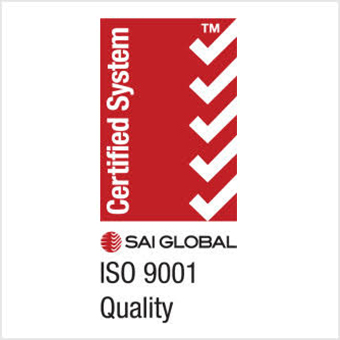Determination of Resistance to Permeation by Chemicals – Resistance to Permeation Is Assessed by Measuring The Time For a Chemical to Breakthrough The Glove Material. Samples, Cut From The Palms of Gloves, are placed in a permeation cell which enables the chemical to be placed in contact with the outer surface of the gloves. Collection air or water is passed through the cell to collect any chemical that has broken through to the inside surface of the glove sample. ARDL’s Chemical, Pharmaceutical & Microbiological Services laboratory is equipped with a FTIR spectrometer (to detect solvents), conductivity/pH electrodes (to detect acids, alkalis and salts) and UV/Visible spectrophotometer (to detect high boiling point, water soluble chemicals and solvents).
To carry the chemical pictogram, products must now meet at least level 2 of EN 374-2 as well as a performance level 2 when tested against three of the following chemicals: Acetone, Acetonitrile, Carbon Disulphide, Diethylamine, Ethyl Acetate, Methanol, n-Heptane, Sodium Hydroxide, Sulphuric Acid (96%), Tetrahydrofuran, Toluene.



